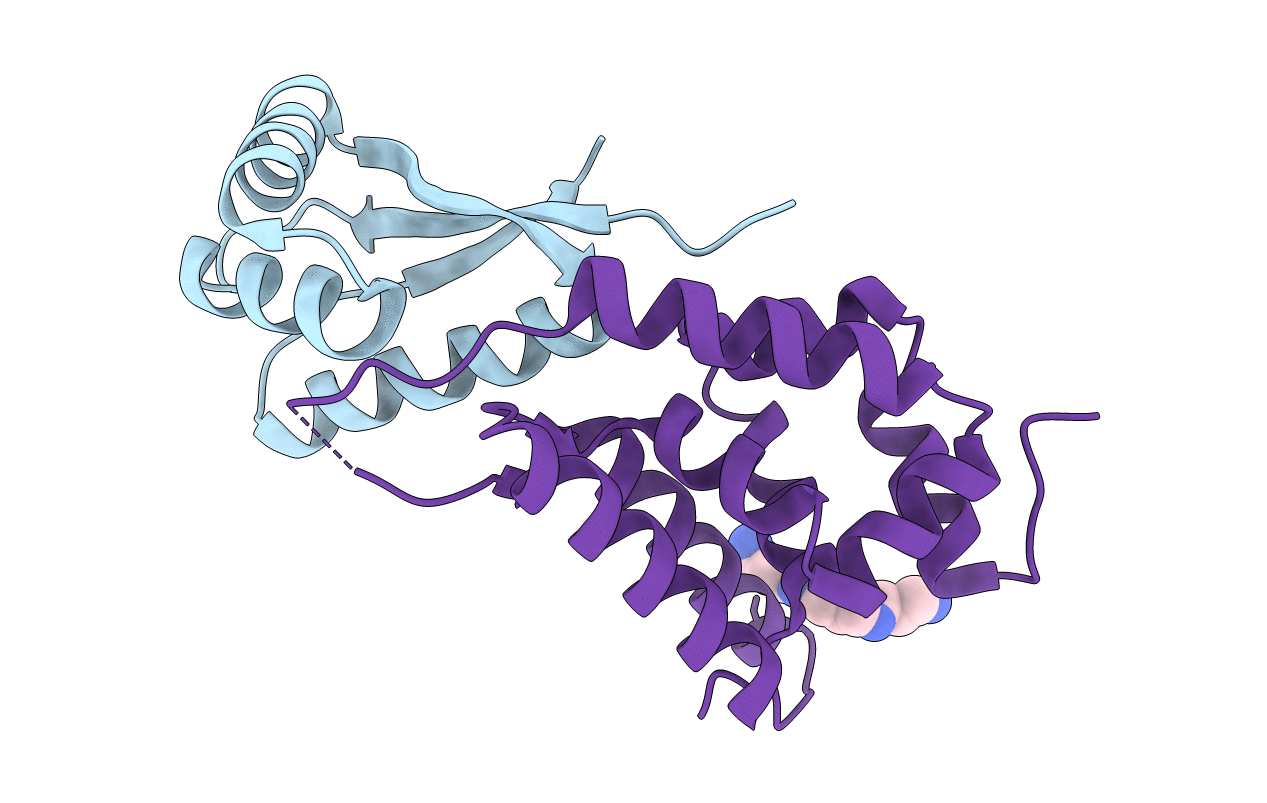
Deposition Date
2002-08-15
Release Date
2002-11-27
Last Version Date
2024-02-14
Entry Detail
PDB ID:
1MG9
Keywords:
Title:
The structural basis of ClpS-mediated switch in ClpA substrate recognition
Biological Source:
Source Organism:
Escherichia coli (Taxon ID: 562)
Host Organism:
Method Details:
Experimental Method:
Resolution:
2.30 Å
R-Value Free:
0.29
R-Value Work:
0.25
R-Value Observed:
0.25
Space Group:
P 41 21 2


